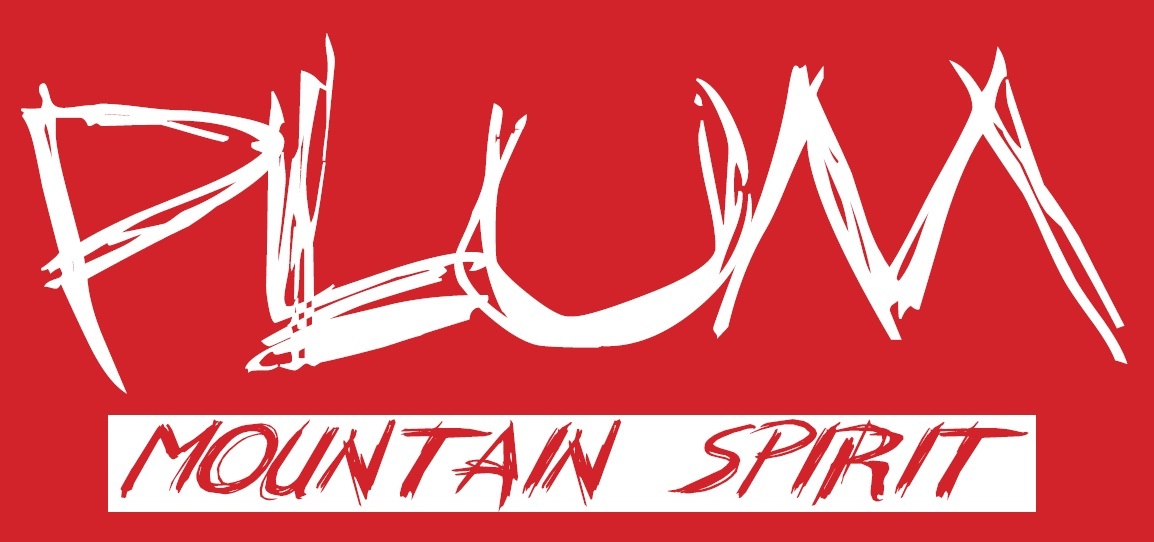Training Log - November 22-28
 Monday, November 29, 2010 at 12:26AM
Monday, November 29, 2010 at 12:26AM Real training week #2 down and it went as planned. With a vacation week at hand, I wanted to get some volume first and some intensity second. I accomplished both without killing myself. I think most of this is due to the fact that I went easy when the plan called for doing so. And this is the trick that most skiers will have to master if they want to increase their performance whether for racing or just getting faster on certain tours.
Backcountry skiing is similar to mountain bike riding in that, depending upon where you ski, it's often hard to go truly easy. When I say easy I mean at a conversational pace. This is a critical aerobic zone in which to spend much of our training time as I have discussed in previous posts. If you are breaking trail then you are going to be breathing hard or at least harder than you may want to depending upon the goal for the day. For me, on days when I should be just cruising, I simply go where I know there will be an established skin track. Conversely, if it's a threshold day I can go anywhere that sounds fun.
Going Hard
One important training aspect I commenced this week is hard interval work. With a fall of little intensity behind me, my upper level aerobic capacity is certainly suspect. This means I'll not be able to hang with the young guns when the hammer goes down. The only way to develop this critical aspect of skimo fitness is to perform threshold and VO2 max intervals. Later this week I'll present an article dealing specifically with this topic but for now suffice it to say you need to get your heart rate up to near maximum and hold it for 4-6 minutes. I start with about 15 minutes of work in the first few weeks and build from there. I get full recovery between each effort. These are VERY unpleasant! If they don't feel too bad then you're not going hard enough or long enough.
Another recommended way to drive up one's aerobic capacity is the classic "30/30" interval workout. I find this a little easier to take as the acid load is mitigated somewhat by the frequent "rest" periods. The idea is to go very hard for 30 seconds and then slightly easier for 30 seconds. A Gym Boss computer helps manage the workout perfectly. I'm starting with 15 of these little gems for two sets with a few minutes recovery between each. Again, I'm getting about 15 minutes of work here. With lactate levels better managed here it is important to concentrate on good technique throughout the effort. These are typically faster than race pace and, thus, unsustainable for much longer than a minute or so. Shutting it down at 30 seconds keeps the neurologic patterning very clean.
In addition to the large volume of mostly easy vertical (27,200') and the interval work described above, I also managed a couple of solid weight room sessions. In addition to my usual Bulgarian split squats and dead lifts I reintroduced the front squat to my routine.
Pain in my ass!
Intermittently over the last year I've been plagued by right leg sciatica. Knowing a little too much about the topic (I work for a spine surgeon) I chose not to get any imaging studies. It was either spinal stenosis or piriformis syndrome. Either way, I was not going to do anything aggressive about it so I just plugged along. I tried to figure out what made it worse. Initially, I thought that maybe front squats were the culprit so I cut those out. I also thought that lunges were causing it for awhile but I've not had a problem since putting those back into the program. Now, with symptoms mostly gone, I'm front squatting again. I feel that I need something to generate maximal motor unit recruitment. A leg press would work but there's not one worth getting on where I train.
Interestingly, even though I've not squatted for months, I was able to bump right up to 205 pounds for an easy 2 reps. This is an exercise I've have struggled to move up on over the years. Even when I was a full-time hybrid mutant I couldn't FS more than 240#. It's either the dedicated single leg work or the heavy(ish) dead lifts that are easing the transition. Either way, it's fun to have a nice jump start on the movement.
Warning: Squat rant ahead!
So, why front squat in the first place, you might ask? Why not just do the more common back squat? Well, there're a few reasons. First, front squatting is harder, period! It requires more core tension than back squatting and, thus, probably develops more overall strength than back squatting. For taller athletes or those with longer legs and shorter torsos (me) there's less shear in the lumbar spine with front squatting. The back squat becomes a hip and hamstring dominant movement in these individuals where the front squat seems to hit the quads more. Because it's harder, we use less weight which may be beneficial from an injury standpoint. If you fail during the execution of a rep, it's much easier to dump the weight in a FS than a BS.
Besides, being competent at front squatting is just bad ass! (sorry, the meat head in me is coming out!). I mean, go into any gym and look over at the squat rack. Well, first of all, it's usually empty. Squatting of any sort is just plain hard and most of those posers in there just want to bench and do curls. They can't see their legs in most mirrors so what's the point? And if you do happen to catch a "real" lifter training, he or she is probably doing back squats. They're easier and you can go heavier sooner. The ego takes a serious blow when front squatting. But that's good for us.
One of the best pieces of advice I ever read from a weight lifting trainer was to go into a gym, look at what everyone else is doing and do the opposite. So elegant in it's truth. For most people trying to "get in shape" they need to get off the treadmill/stepper and lift some iron. Stop doing isolation movements and start picking heavy stuff up an put it overhead. Stop using the stupid pink dumbbells and pick up something heavy. Strain a little. Quit looking in the mirror. Stop benching and start doing some pull-ups. There're very few sports where you perform sitting or lying down so do most of your lifting standing. You get the idea.
Okay. Sorry. I feel better. Just thought you should know.
Anyway, back to the training week.
Monday 4 hrs 5,300' Ski. Easy. OPR and 2 laps on the Pass. Broke trail on OPR so going was slow.
Tuesday 2 hrs 3,000' Ski. Hard. The King, 3 x 5 minutes VO2 max. Then, 1 hr wt. training, split squats, heavy leg presses, 30 reps set x 2. Race gear.
Wednesday off
Thursday 4 hrs 3,800' Ski. Mostly easy with 15 minutes threshold breaking trail. 25 Short on big skis and boots. Ugh!
Friday 4:20 6,600' Ski. Easy. OPR and 3 laps on the Pass. Race gear.
Saturday 2 hrs 3,000' Ski. Hard. OPR and 1 Pass lap. 30/30 intervals 2 x 15 with full rest in between. Race gear. Then 1 hr wt. training, front squats, split squats, dead lifts.
Sunday 4:20 6,500' Ski. Easy. OPR and 3 Pass laps.
Totals 22:20 27,000' Good, quality week. Slept pretty well. Ate well. Not too tired.
That's about a good of a week as I can get in my world. 22 hours of training is nothing to sneeze at. Most of it was easy and I think that's appropriate for this time of the year and my fitness level being what it is. Next week should see a little more suffering and less total hours. Snow is still falling so skiing remains killer! - Brian
 Brian |
Brian |  4 Comments |
4 Comments | 





Reader Comments (4)
Hi Brian, great article there, really great to see the make up of your week. I now carry out all my quality speed work on mountain roads and ski de fond tracks so to be able to concentrate on speed and effort with the correct style. It great when you do find quality tracks on the mountain but I often find that these have been put in by groups using fitchis on the risers and are often too steep or even directly up the fall line which is too unlike the angle of the race tracks and too difficult to maintain good style.
Looking forward to your next post on VO2 max sessions.
Regards
Simon
Hautes Alpes
Great post. I've been doing 30/30 and 60/60 intervals on the bike trainer on indoor-days with pretty good success. I find they really replicate the short climbs on the mountain bike trails (which I now find easier to do). I'd like to figure out a way to transfer these to track skiing, but have to "guess" the time since my watch alarm is not nearly loud enough!
PS My daughter uses pink dumbbells, but she's 5.
Great Steve,
Yeah, we'll cut the 5 year old some slack. Be sure to give her the black ones for her next B-day! Gotta keep 'em progressing even when they are young!
I agree, Simon. It's better to do the steady state stuff up in the mountains where the tracks can be steep. Always a pissing contest, eh. I do my quality stuff at our local hill on the road like you.
Forgot to put the link in for the Gym Boss timer. Very small little unit and works well for speed work. I just clip it to my collar and go. The hyperlink is in the article now.
Thanks for reading and commenting.